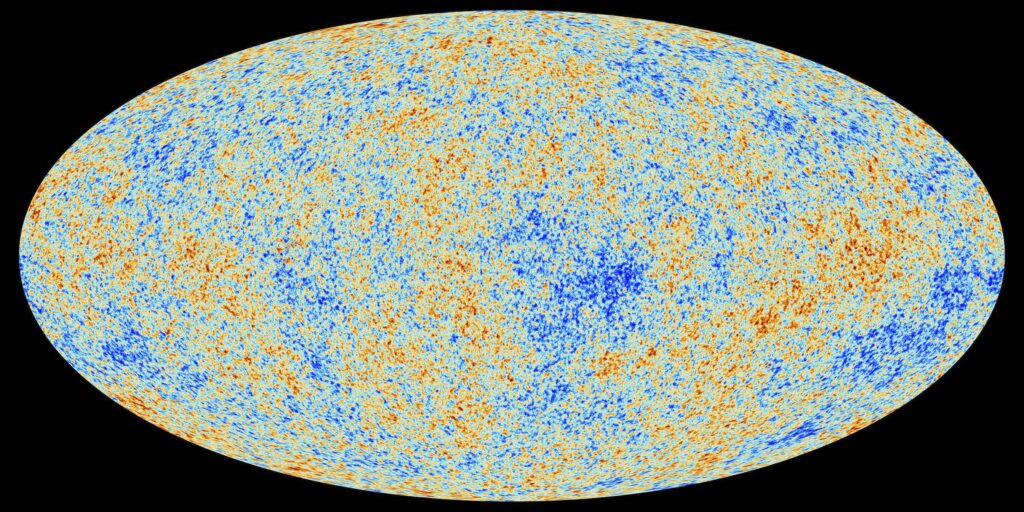
“The Big Bang Theory” refers to more than just a popular television series that aired on CBS. It also refers to a scientific theory that explains how the system began. Part of that system includes something called cosmic microwave background radiation. Cosmic microwave background radiation or CMBR is a term that scientists use to describe the microwave radiation found in the sky. This radiation is essentially a type of bright light that surrounds our planet and comes from all directions. In the following article, we’ll go over the big bang theory and also take a detailed look at CMBR.
What is the Big Bang Theory?
The producers of the hit television show choose this name because the characters on the show loved science and were nerds. It refers to a cosmological theory in which some type of large bang or collision created the foundation of the universe. The universe evolved to create the system that surrounds us today. This theory also claims that space expanded to include the stars, constellations and other objects that you can see in the sky. This is one of the more popular theories that explain how the solar system evolved and why there is background radiation.
CMBR and the Big Bang Theory
Scientists believe that cosmic microwave background radiation comes from the big bang. The idea is that the big bang was so large and intense that it created a type of radiation that still exists. CMBR is a type of faint radiation that surrounds the planet and exists in other spots throughout space. When you look at space through a telescope, you can see a faint glow coming from stars and other objects. Cosmic radiation is a type of light that does not come from any of those objects but is instead from the radiation left behind after the big bang.
Who Identified CMBR?
The two men who first identified CMBR were astronomers in the United States: Robert Wilson and Arno Penzias. Though other men began looking for the source of this light during the 1940s, the two men used that original research and finally identified the source in 1964. Their work helped them earn the Nobel Prize for Physics in 1978. Experts referred to this as an accidental discovery because they were using the research to look for other objects in space when they discovered the source of CMBR.
Changes in Time
One reason we can see CMBR is because of changes that occurred over time. In the early days of the universe, our solar system was much smaller than it is today. It also had an intense temperature that was hotter than humans could withstand. The radiation flowing through space moved slowly and had a small wavelength that was hard to detect. As the solar system grew, it stretched out and added space for Earth and other planets. This increased the length of the wavelengths and also the temperature of the universe, which made it easy for us to visibly spot the CMBR in space.
Cosmic Background Explorer
Much of what we know about CMBR today came from a satellite that NASA sent into space in 1989. Called the Cosmic Background Explorer, it featured tools that workers used to measure background radiation. One of the photos that the satellite captured showed variations in the CMBR found in space and that certain areas had more radiation than others. This also proved that the solar system never had a uniform shape and size. From its early days to its later years, the universe featured hot and cold spots with more or less radiation.
Looking Into the Past
A cool fact about cosmic microwave background radiation is that it’s older than you might imagine. Experts believe that this radiation dates to an event that occurred more than 13 million years ago. If you peer through your telescope and detect the radiation light in the sky, it’s almost like you’re looking back in time. You can think of stars in the same way. As stars are approximately 100 light-years away, the stars that you see look the same way they did 100 years ago. If you want to get a good look at the cosmic microwave background radiation, you can use your telescope on a clear night.